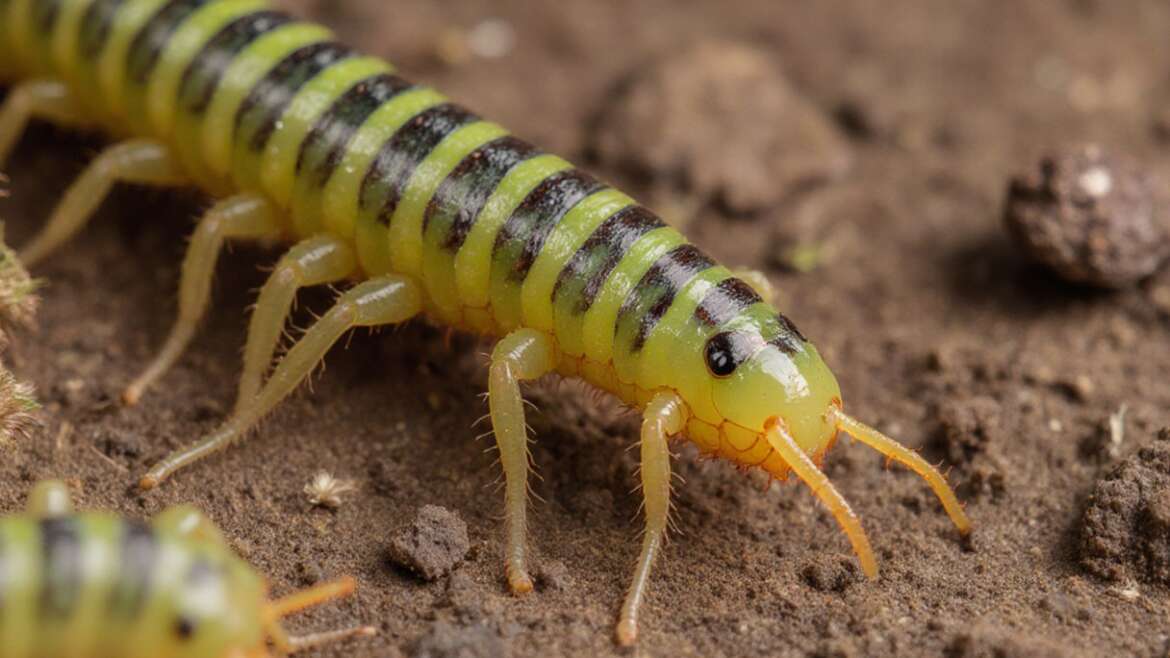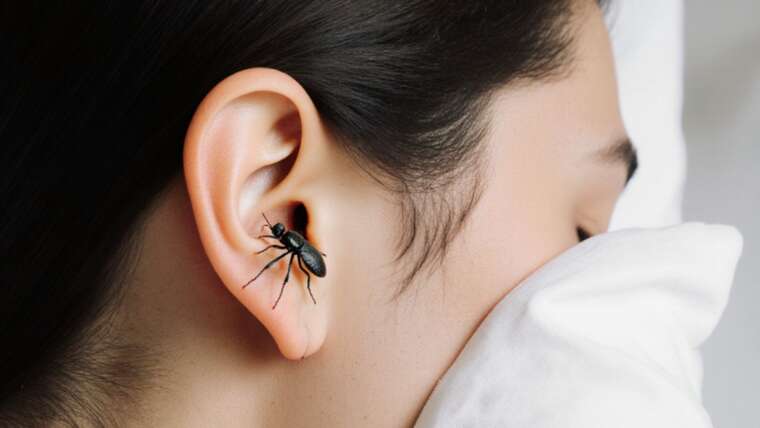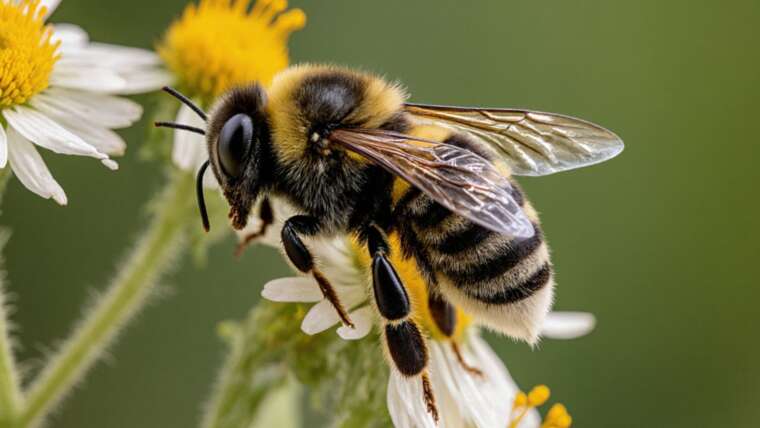The Creepy World of Centipedes: Understanding These Multilegged Pests
Centipedes are often seen as one of the creepier household pests, largely due to their unsettling appearance, complete with numerous long legs that can evoke fear and discomfort in many people. But what is the real threat they pose? Below, we’ll delve deeper into some common concerns surrounding centipedes, shedding light on their bite, differentiation from millipedes, potential symptoms from their pinch, and effective extermination methods.
Can a Centipede Bite?
While people frequently refer to their defensive mechanism as a “bite,” centipedes actually pinch their prey or adversaries using modified front legs that function similarly to pincers. This pinching action is part of their predatory behavior, and it is not uncommon for them to employ this tactic when they feel threatened. Some centipede species possess venom, which they inject into their victims through these modified legs.
Although the venom of most centipedes is not potent enough to cause serious harm to humans, it can elicit a reaction akin to a bee sting, especially in sensitive individuals. Larger species, which can reach lengths exceeding 12 inches in tropical regions, generally possess more potent venom, making their pinch more painful.
Tip: If you encounter a centipede, avoid direct handling. Instead, using a jar or a cup to capture it and release it outside is safer for both you and the creature!
Differentiating Centipedes and Millipedes
Understanding the differences between centipedes and millipedes is crucial, especially when addressing bites or pinches from these arthropods. Both belong to the class of arthropods and sport numerous legs, which can be misleading.
Centipedes are typically aggressive and may pinch if they feel threatened, while millipedes are generally harmless. Instead of pinching, millipedes tend to curl up or secrete a defensive fluid that can sometimes irritate the skin.
To differentiate these creatures more effectively, consider the following characteristics:
- Leg Arrangement: Centipedes possess one pair of legs per body segment (two total), whereas millipedes have two pairs (four total).
- Antennae Length: Centipedes flaunt long, slender antennae, while millipedes tend to have shorter ones.
- Movement Speed: Centipedes are quick, with longer legs allowing them to move rapidly, in contrast to the slower, lumbering movement of millipedes.
Fun Fact: Some millipedes can secrete toxins that are brightly colored, serving as a warning to potential predators—a process known as aposematism.
Symptoms of a Centipede Pinch
Most humans experience only mild reactions to centipede pinches, particularly those residing in the continental United States. Still, understanding the potential effects is essential for preparedness. Symptoms may include:
- Pain at the pinch site
- Localized swelling
- Redness and inflammation around the affected area
- Rare instances of lymph node swelling or numbness
For individuals who are allergic to centipede venom, severe reactions may occur, including:
- Difficulty breathing
- Rapid heart rate
- Swelling of the throat
If you believe you have been bitten, contacting a medical professional is advisable for proper assessment and treatment.
Tip: Keep a first-aid kit stocked with antihistamines and basic wound treatment supplies—especially if you live in an area prone to centipede encounters.
How to Help Get Rid of Centipedes
If you discover centipedes in your living space and wish to eradicate them or prevent future encounters, there are several proactive steps you can take. Maintaining a clean environment is essential; ensure that homes are free from debris, clutter, and moisture—conditions that attract centipedes.
For a more systematic approach, consider consulting pest control experts like Terminix®, who can provide tailored pest management plans to keep your home centipede-free.
Regularly sealing potential entry points, such as cracks in walls or gaps around doors and windows, is also vital in preventing these pests from invading your home.
Pro Tip: Utilize natural deterrents like diatomaceous earth around potential entry points. This eco-friendly solution can discourage centipedes without harming beneficial insects.
By understanding these fascinating yet potentially problematic creatures, you can enhance your residence’s comfort while ensuring a more harmonious living environment.





